What would happen if you took away all the teeth from animals? Animals without teeth are called edentates. They include sloths, armadillos, anteaters, hedgehogs, porcupines, moles, and sea otters. Some of these creatures are very rare and only found in certain parts of the world.
Edentate animals are completely toothless. Their mouths are adapted to eat soft food such as leaves, fruits, and insects. They also have no need for sharp teeth because their jaws are strong enough to crush nuts and seeds.
Table of Contents
Animals Without Teeth:
Pangolins

Did you know that Pangolin has no teeth? It’s true and also weird. This animal is known to eat ants and termites, and its tough scales are made of keratin (the same stuff that makes human hair).
And although it looks like something out of Jurassic Park, pangolin populations are threatened by habitat destruction, especially in Africa. They are mammal found in Africa and Asia. They are known for their long snout and large claws. They also have no teeth.
Why is this? Pangolins are mammals that live mostly underground. Their name comes from the Malay word meaning ‘panda’ or ‘bear’. There are five species of pangolin, two of which are critically endangered.
Pangolins are unique because they lack teeth. This makes them vulnerable to predators who can easily tear off their skin and eat them alive.
Anteaters
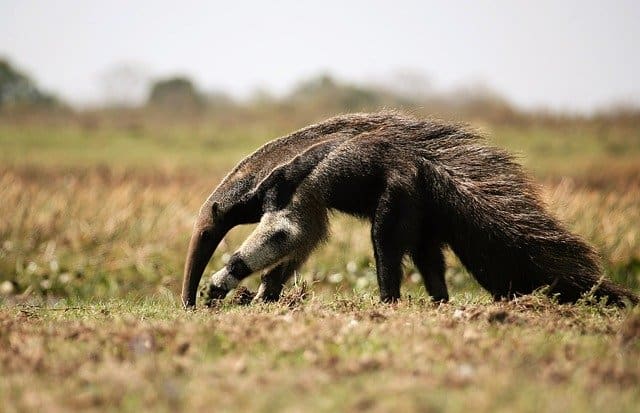
Anteaters are some of the weirdest mammals out there. They live in South America, where they eat leaves, roots, fruits, seeds, insects, and even other animals. Why don’t antelopes have teeth?
The antelope family (Bovidae) consists of over 100 species of medium-sized hoofed herbivores with long legs and tails. Antelopes are found throughout Africa, Asia, Europe, North America, and Australia.
Antelopes are unique because their molars are replaced every year. This means that their permanent dentition consists only of incisors, canines, premolars, and molars. In addition, antelopes lack cheek teeth, which makes them unable to chew plant material.
giant aardvarks
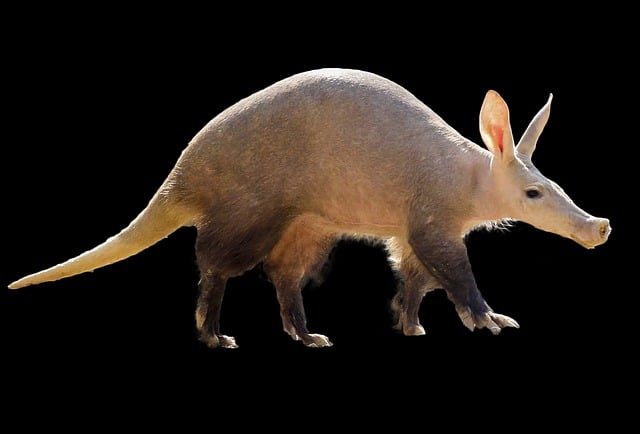
Giant aardvark has no teeth? I don’t know why, but they really look weird without them. What do you think?
Aardvarks are mammals native to Africa. They belong to the order Proboscidea (Greek meaning nose like a goat). The largest species is the African savanna aardvark, which grows to around 2 meters long.
They are herbivores, mainly feeding on grasses and other plants. Their jaws are large and powerful, and they have a sharp, pointed snout. They also have very thick skin, which protects their bodies from predators.
baleen whales

Baleen whales, such as humpback whale, are known for their long, slender bodies and their ability to create an incredible amount of suction to feed. This makes them some of the largest animals on Earth.
Humpbacks are found in warm tropical waters around the globe, from the Caribbean Sea to the Pacific Ocean. They live in large groups called pods, where they communicate through echolocation, using clicks and whistles.
Humpback whales have a unique feeding mechanism. Instead of having teeth, they use two rows of baleen plates to filter food from water. These baleen plates allow them to filter smaller fish and crustaceans from larger ones.
Platypus

Why do platypuses have no teeth? Is it because they eat insects or other invertebrates? Or maybe they don’t need them since they live in water?
Platypus (Ornithorhynchus anatinus) is a monotreme mammal native to Australia. Monotremes are egg-laying mammals that lay eggs instead of giving birth to live young. Platypus has four toes on each foot and webbed hands and feet. They also sport a bill that looks like a duck’s beak.
It was thought that platypus had lost their teeth during evolution. This theory was disproved after scientists discovered that these animals masticate food using their tongue and jaw muscles.
Echidnas
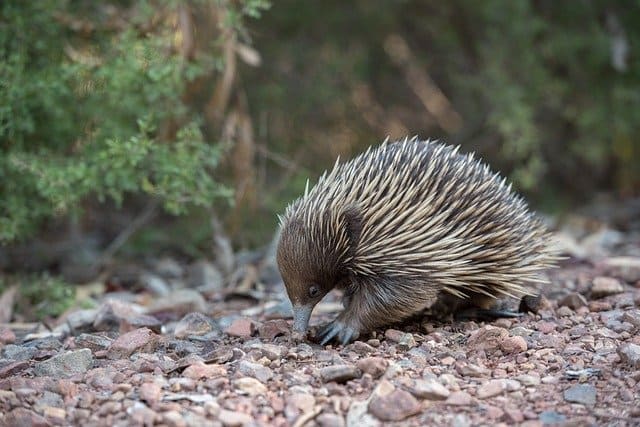
Echidna is a kind of mammal. The species Echinops telfairi has only two molars, two incisors, and two canines. This makes them look like they have no teeth at all. What gives?
Echidna is a large Australian mammal, and the largest living monotreme (egg-laying mammals). They spend their time burrowed underground, sleeping during the day and feeding at night.
This animal was originally thought to be completely toothless. Scientists discovered that they have very sharp spikes along the sides of their jaws, which they use to tear through plant matter.
Earthworm

Earthworms are often considered pests because they eat crops. If you’ve ever looked closely at them, however, you’ll notice something strange—they don’t seem to have any teeth. Why is that?
Earthworms aren’t the only creatures without teeth. Some animals, such as lizards or spiders, also lack these structures. In order to chew their food, they have developed other ways to tear off pieces from their food source, such as scraping or biting.
There are several theories about why earthworms have no teeth. The main reason is that it would be very time consuming to develop a molar system. Instead, earthworms have evolved a way to feed themselves using their stomachs. This is called gastric digestion.
Pelican
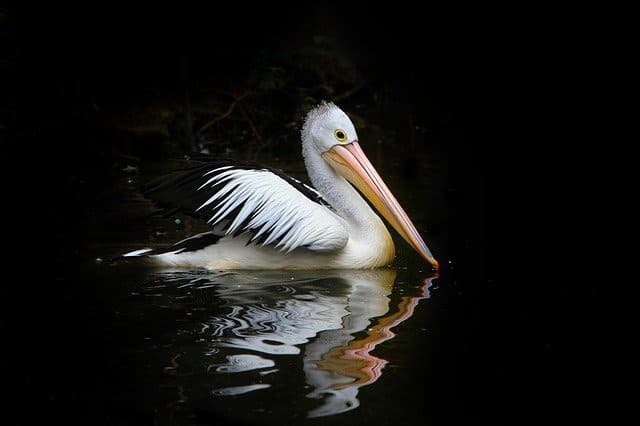
Pelicans are famous for their long beaks, but they also have some other interesting features. Why don’t pelicans have teeth? How does their beak function?
The beak of a pelican is unique because it has two types of bones. This allows them to eat prey items that are too big to swallow whole. They use their beaks to tear off pieces of food and then swallow them.
Pelicans use their beaks to feed on fish, crustaceans, insects, and even other birds. Their beaks are strong enough to break open the shells of crabs and lobsters.
Turtle
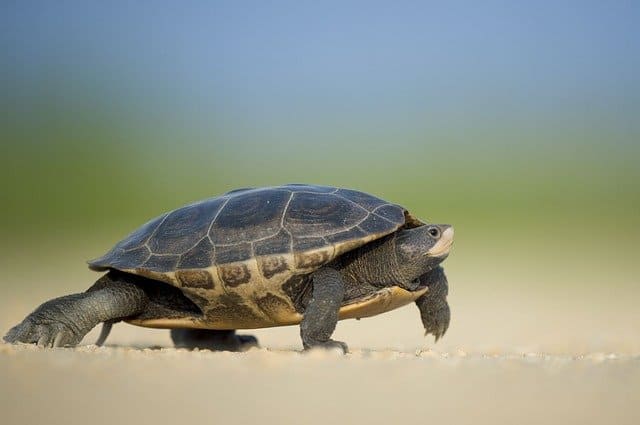
Turtle shells are very common in nature. They are found on turtles, tortoises, sea turtles, terrapins, and even some fish. Turtles have a tough shell to protect their soft underbelly from predators. They also have sharp claws to defend themselves. But why don’t they have teeth?
The reason behind this is because they are reptiles. Reptiles lack teeth because their jaws are designed differently. Their mouth has only two pairs of strong muscles known as Meckel’s cartilage. This helps them chew food without having to worry about breaking their jaw or chipping off their teeth.
Reptiles are cold blooded animals that cannot regulate their body temperature well. Therefore, they often live in water, where their skin acts as insulation. Most reptiles spend their time basking in sunlight. Thus, they shed their scales to prevent overheating.
Read More : Animals With long Tails !
Macaw

Macaws are the largest parrot species worldwide, and they also happen to be pretty cute. But did you know that macaws don’t even have teeth? How does their beak function then?
Macaws are native birds to South America, and they are often found in zoos. They eat seeds and fruit, and sometimes they get into trouble if they try to steal food from other animals.
Macaws are unique because they lack teeth. Their beaks are designed to cut through tough plants and seeds, allowing them to feed on fruits and nuts.
Their upper jaw has two parts. The lower part is called the maxilla, and the upper part is called the mandible. The mandible moves back and forth to break down plant material.
Spiders
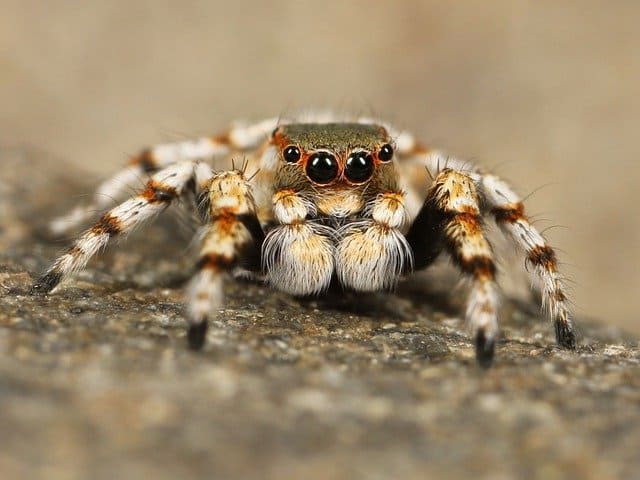
Spiders are creepy crawlers, but they don’t seem to have any teeth. Why is that? The mouthparts of spiders are called chelicerae. They consist of two pairs of jaws, each pair consisting of four movable fangs.
These fangs are covered by a thin layer of skin. When the spider bites its prey, these fangs penetrate through the skin and inject venom into the victim.
This is why spiders have no teeth. Their bite is very painful because their fangs are covered by skin. This way, they cannot puncture the skin and cause damage.
Read More : Animals With Multiple Eyes !
Octopus
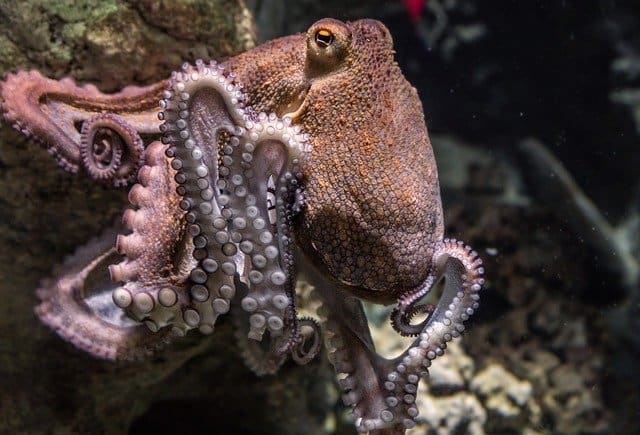
Octopuses are known for their intelligence, but they also have some pretty weird habits. Why do octopuses have no teeth?
The octopus has eight tentacles instead of arms. They live in the ocean and feed on crabs, shrimp, squid, fish, and other sea creatures.
They have a very unique way of hunting prey. Instead of using their hands or feet, they use their tentacles to grab their food. Their tentacles are covered in suckers that allow them to grip onto whatever they want.
Tamanduas
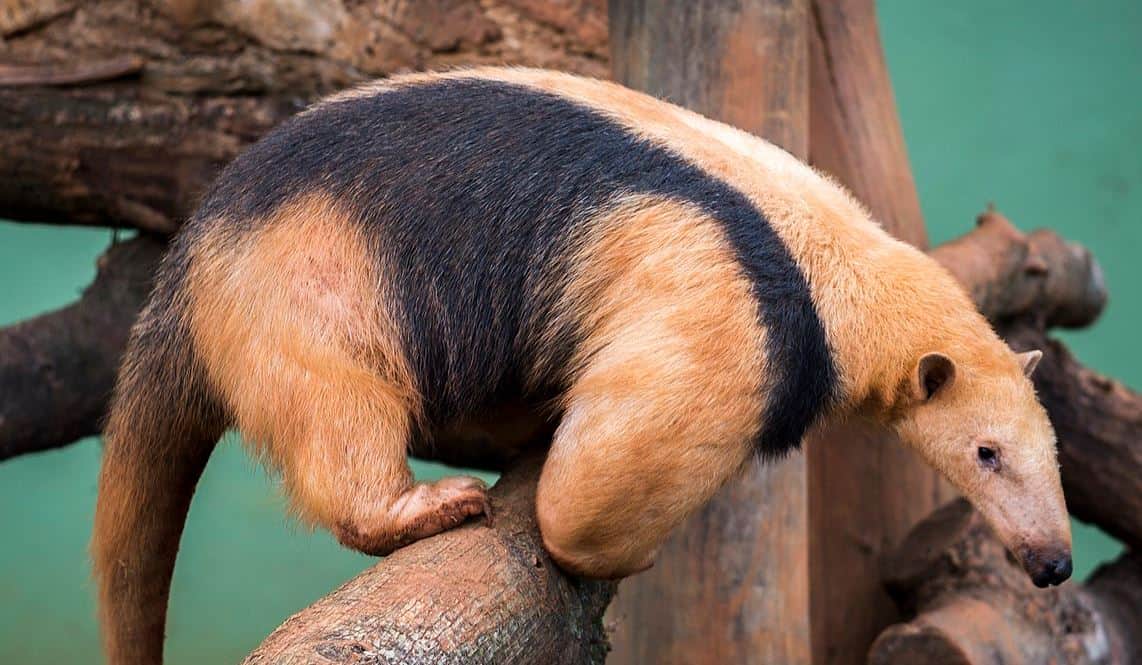
Tamandua (or colloquially known as the Brazilian Pygmy) is a South American mammal native to Brazil. These adorable animals are also called pampas deer or tamanduas. They look cute, but their teeth are very unusual. Why does this animal not have any teeth at all?
The Tamandua has only two incisors, and they are located on its upper jaw. This means that the lower jaw is completely toothless.
There are other species of mammals that don’t have teeth. For example, some cats have no teeth, and some dogs have no teeth. But why do these animals have no teeth at all?
Birds

Birds don’t have teeth because they don’t eat meat. They only eat insects and seeds.
The birds’ digestive system is very simple. Their stomachs are designed to break down food into smaller pieces, which makes them less likely to choke on their meals.
Birds have evolved over millions of years without teeth. They’ve become adept at finding food through scent, sight, sound, taste, touch, and other senses.
Caterpillar

Caterpillars are some of nature’s most beautiful creatures. They look great in their colorful exoskeletons, but they also have a very interesting feature: no teeth. Why don’t caterpillars have teeth? What does it mean for them?
Caterpillars are arthropods (insects with jointed legs) and belong to the order Lepidoptera. They are usually green or brownish in color, with a chitinous outer shell called an exoskeleton. Their bodies are covered with hair-like structures called setae. The setae are used to sense touch and detect prey.
Caterpillar larvae are herbivores, meaning they eat plants. As such, they lack teeth because they cannot chew plant material. Instead, they use their mandibles to grind food into tiny pieces.
Quail
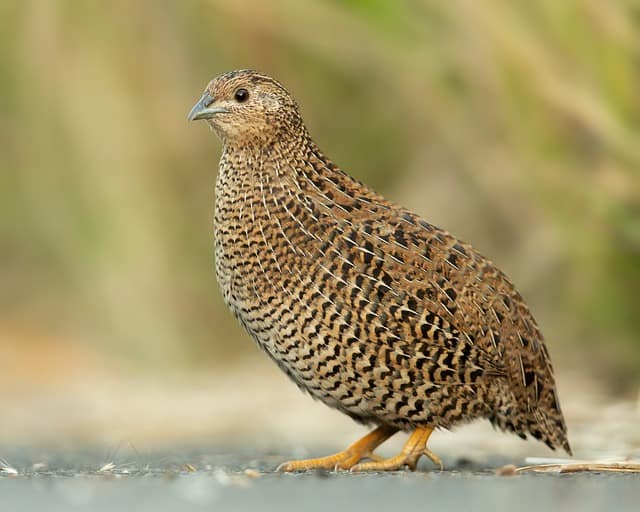
Quails are cute little birds, but they also have some pretty weird features. Why don’t quails have teeth? What other strange things about them do you know?
Quails are native to Australia and New Guinea. They are often kept as pets because they’re very friendly and easy to care for.
There are several theories about why quails lack teeth. One theory suggests that their ancestors had teeth, but lost them through evolution. Another theory says that their ancestors lacked teeth because they lived in water, where the risk of infection was high.
Flamingos
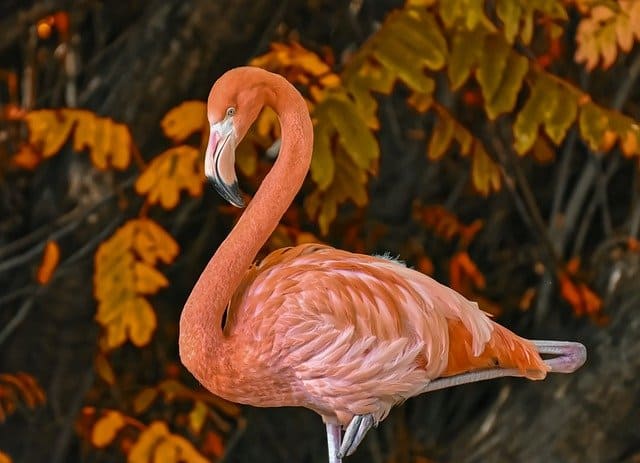
Flamingos don’t have teeth because they eat insects. They also have long necks and legs to reach their food source.
Flamingos are large birds found throughout Africa and Asia. Their name comes from the flaming red coloration on their heads and bodies.
Flamingos aren’t native to North America. They were brought over from Europe during the 19th century.
Scorpion
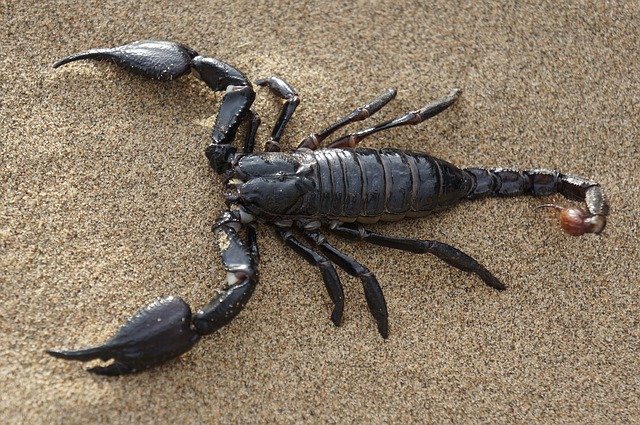
Scorpion has always had a reputation for being a badass. They’ve got super strength, razor sharp claws, and even their stinger can kill. But did you know they also don’t have any teeth? Why is that?
Scorpions are arachnids (a group of animals that includes spiders) and are found throughout the globe. They eat insects, worms, and other invertebrates. The scorpion family contains some of the deadliest creatures known to man.
There are many reasons why scorpions lack teeth. Some believe it was because they didn’t evolve with them, or they were lost during evolution. Others say it’s because they are poisonous and would only bite those who needed to be bitten. Whatever the reason, it’s pretty cool to see these awesome creatures without their teeth.
sea urchins

Sea urchins are some of the most beautiful creatures in the ocean. They look like delicate little flowers covered in spines. What makes them unique is their ability to spit out sharp spikes to defend themselves. These spines are called echinoderms, and they belong to a group of animals known as Echinoidea.
Sea urchins are a type of echinoderm. They are marine invertebrates (animals without backbones) that live on the seafloor. There are over 5,000 species of sea urchin. The largest ones can reach up to 50 centimeters across.
Sea urchins have no tooth because they don’t need teeth to eat. Instead, they feed by scraping algae off rocks or plants. Their mouthparts are modified into a tube that sucks food from the water. They then pass the food through their digestive tract.
Seahorses
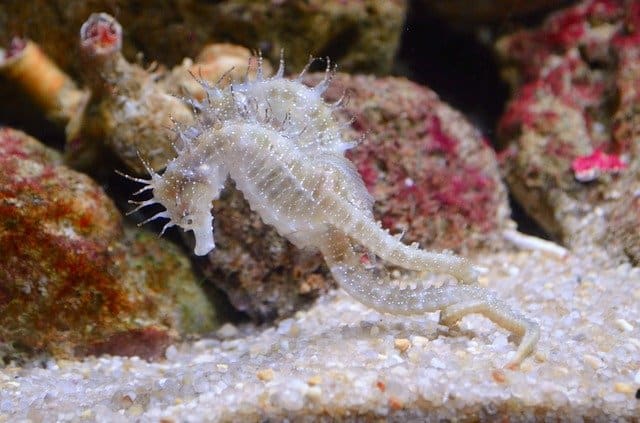
Seahorses are beautiful creatures. They look like they have no teeth, but they don’t. The reason why is because their teeth are located inside their mouth.
Seahorse anatomy is fascinating. Their bodies are covered in soft, spiky skin called dermal denticles. These tiny spikes cover almost every part of the body except the head and tail.
They also have a long, slender snout that looks like a pair of sharp hooks. Seahorses are often mistaken for seahorse fish, but they are actually mammals.
Bees
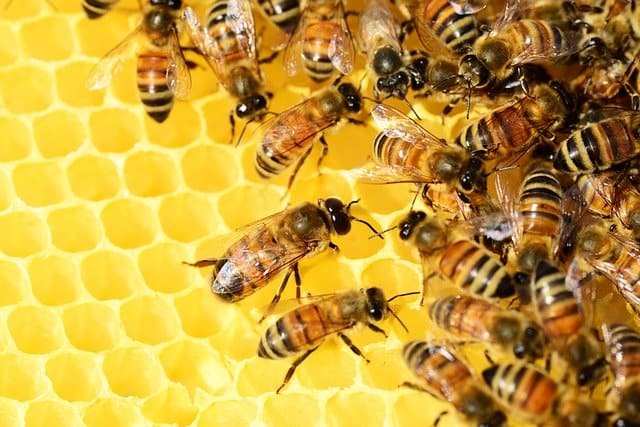
Bees don’t have teeth because they eat pollen instead of grass or leaves. They also don’t have lips and noses. What else does a bee lack?
Bees are insects that pollinate plants. The honeybee has become a symbol of the human race due to its role in producing honey and beeswax.
Bees are social creatures, meaning they live together in groups called colonies. They communicate through dances and other signals.
Peacocks
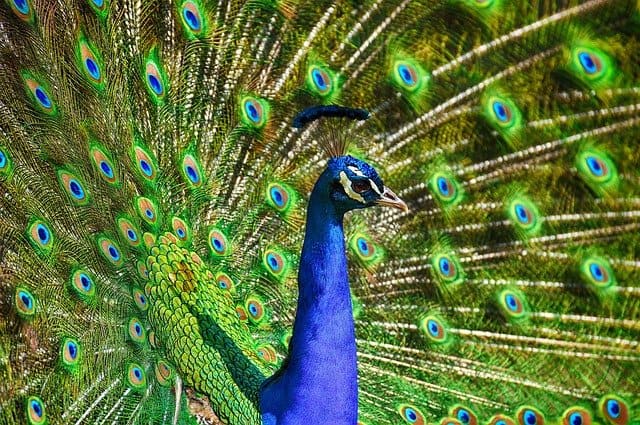
Peacocks don’t have teeth because they eat grass. They also have a unique way of displaying their beauty through colorful feathers.
A peacock has a dazzling display of brilliant colors and patterns. These colorful feathers are called plumes. The male peacock uses his tail to attract females. He spreads out his tail feathers to show off his beautiful plumage.
Male peacocks have two sets of feather follicles, each containing a single row of long, slender, conical peacock feathers. The outermost layer of these feathers are colored white or cream. The inner layers are colored differently depending on the species.
Toad
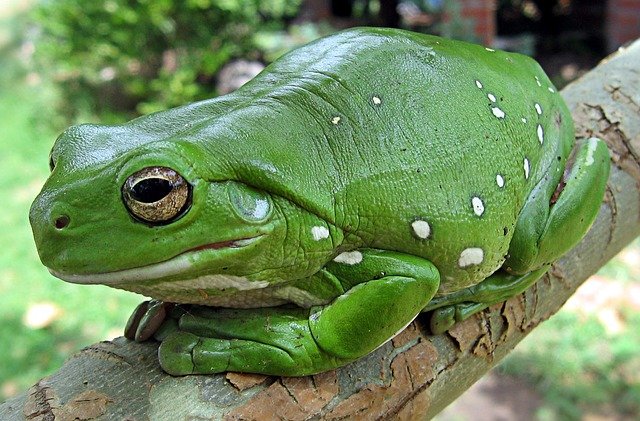
Toads have no teeth because they don’t eat meat. They feed off insects and other small animals.
Toads are amphibians native to Australia. They live in ponds, streams, swamps and wetland areas. Some species are poisonous or venomous.
Many people believe that toads have no teeth because they only eat plants. In reality, toads eat insects and other small animals such as worms, snails, slugs, frogs, spiders, grasshoppers, crickets, ants, beetles, centipedes, millipedes, and even mice.

